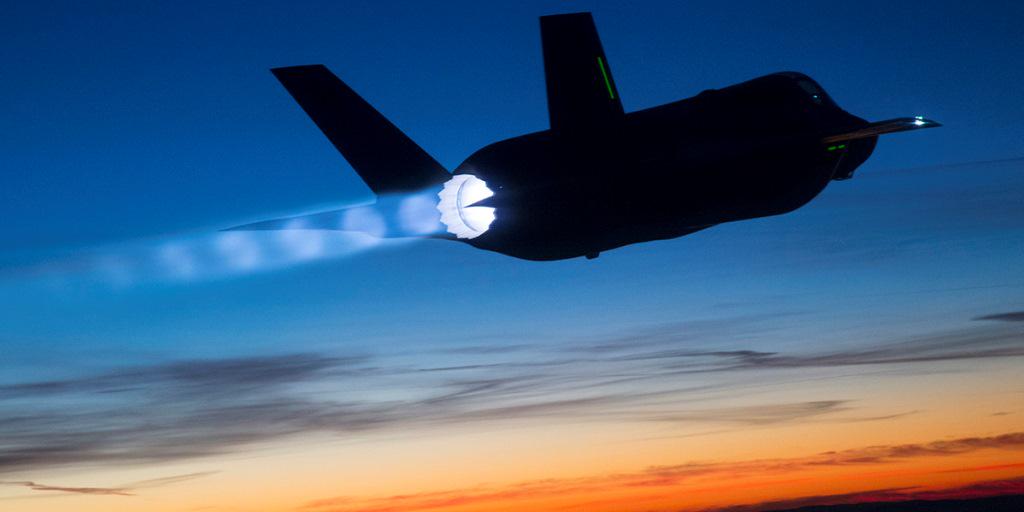Yes, Delta canceled 18 787-8's
from its decade old order from Boeing. Does it hurt? The answer is what this
contribution for discussion is about. The pomp and ceremony of a 1200 wide body
order book has a smear on it. Delta had no intention long ago of completing
this order. It was just a place holder for something in case Airbus could not
do with its wide body, an A350. In fact Delta was set up for the Airbus A330-NEO class more than the 787-8. Then Airbus came out with the A350 and successfully moved it to the market.
Long had Delta switched its efforts towards obtaining an Airbus platform.
It was as simple as becoming a single operating system company loaded with
iPhones instead of having an Android based phones for its operation. Why does Delta prefer Airbus? The
simple answer is because the mission and vision of Delta had a subtle change from the top.
Some new people came "on board" over the years and joined the clamor of a one
fleet world for various and seemingly important reasons.
Having two fleet types containing both Boeing and Airbus is a theme Delta departed from when inserting its team of new leaders since the year 2005. The leadership analysis demonstrates a startling reveal on the ages of position holders and the respective start date for each in that position. The average age of top leadership is 58.7 years as of today and the average start date of an officer is 2013.
Note: The top tier execs for which almost all are highlighted in yellow averages 53 years of age. The advisory board members average age is 67.
Reuters has provided an
Organization listing: Winging It Analysis Added:
The column with yellow highlights
illustrates an age range of 40-60 years suggesting personnel having a new and non
-legacy attitude.
The top of the executive organization has an average age of 53 years.
Chairman of the Board is not included with the in-house leadership as that order begins below
the Chairman of the Board.
What does all this mean? The new blood has taken the competitive
route infusing commonality of inventory for all its aircraft. The one-off
example, is the Boeing 737-900 with a total order standing for 120 of its type.
This suggests an independent rule is applied for its single aisle segment within its inventory.
However, Boeing is still vulnerable to Delta's mission and
vision going forward. As the 737-900 fleet ages and after that order is
completed or cancelled, Delta may opt to go A321-NEO completing its obvious
mission/vision one fleet view. The new exec team has chosen to drink the
"cool-aid" from the previous boards since 2005 at a time when Northwest's 787-8 order was
first placed and as a pre-merger condition for which Delta absorbed.
For all intent and purpose, the 2005 Delta board was hedging its bet
when merging with Northwest's 787-8 order and waited until Airbus got its act together
on the wide-body segment. The 18-787-8 order merged with Delta was sketchy at best since 2005 pre-merger status with Northwest Airlines. The dropping of Delta's 787-8 order will
adjust Boeing's order book by 1.5 percent, and as a further example, the Qatar order for its 787-9's during 2016 has increased the order book by 2.5 % at that moment in time.
All-in-all there
are changes causing a continuous flux from the commercial airplane market. Boeing has
had about a half-a dozen years available for addressing the Delta reduction in orders for which it has already done so when booking more orders this year than expected.
Delta Vision/Mission Statement:
"We—Delta's
employees, customers, and community partners together form a force for positive
local and global change, dedicated to bettering standards of living and the
environment where we and our customers live and work."
After analyzing the Delta Mission they missed the corporate
version and painted in the employee version as its leading view for the
company. It has the heft of a salad shooter.
Slogan:
"Delta Air
Lines. We love to fly. And it shows."
Winging It Version: "Delta Air Lines, We love to Fly Airbus and
it shows"










